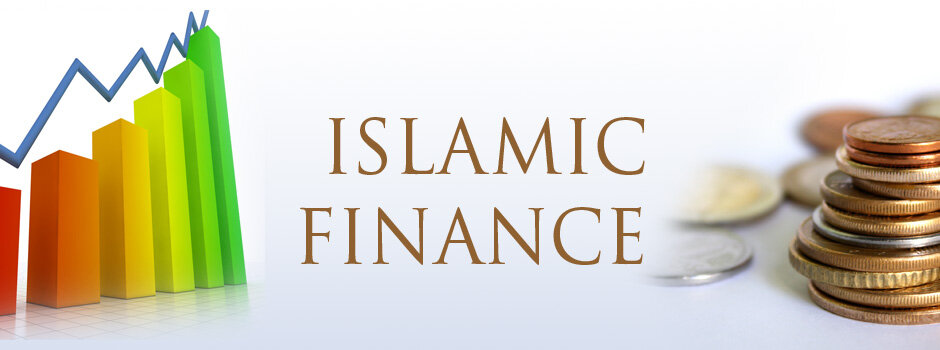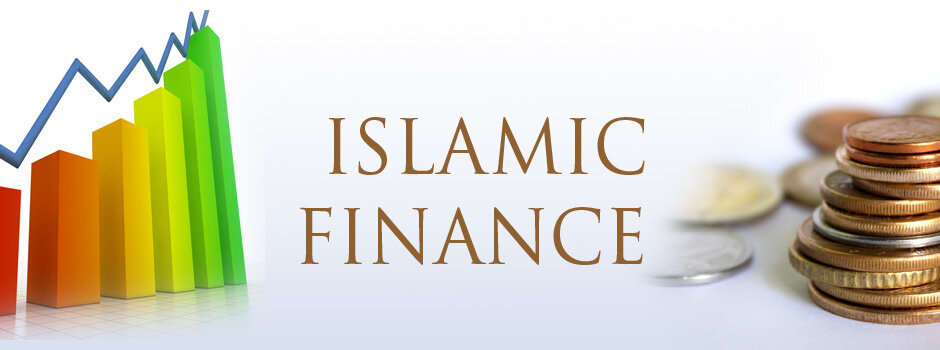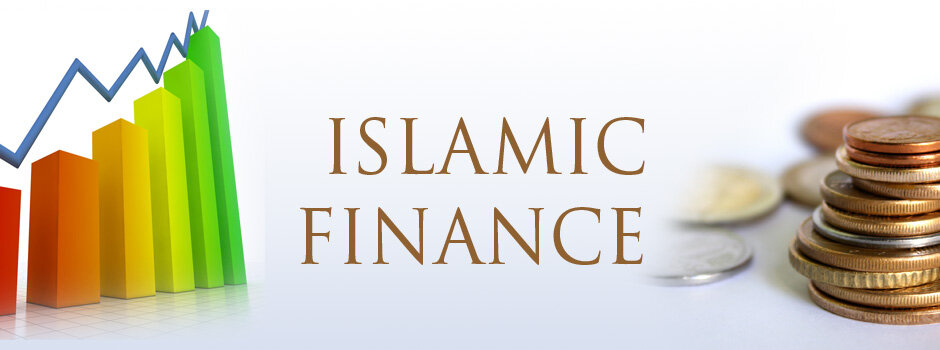Personal finance is not only about managing your income and expenses, but it is more about the management of your assets and liabilities. Assets are what you own, including real estate, cars, cash deposits in bank accounts, jewelry, investments in shares or investment funds, and luxury items that have value, such as artworks or collections. Liabilities are your financial obligations that you owe to others, such as debts to family members, outstanding bills, including halal mortgage and auto loans, and so on. Assets can be categorized as follows:
- Consumer assets: These are items intended to maintain a certain standard of living, such as home, car, TV, etc.
- Investment assets: These are intended to generate income, such as real estate, shares, etc.
Consumer assets require additional expenses for maintenance, such as a car, which needs accident insurance, regular gas top-ups, and oil changes. Some assets can serve as both consumer assets and investment assets, like a home, which requires insurance and renovation, and can also generate income if sold.
Assets dimensions. Any asset has three dimensions:
- liquidity: This refers to the ease of turning an asset into cash.
- profitability: This refers to an asset's ability to grow in value over time.
- reliability: This refers to an asset's resilience to risks, or in other terms, its ability to withstand challenges such as price fluctuations and maintain its value.
Liquidity. Liquidity refers to the ability to convert an asset into cash. A highly liquid asset can be quickly and inexpensively converted to cash, while an illiquid asset may require time or incur significant transaction costs, such as selling the asset at a discount. Illiquidity depends on the degree of liquidity risk. One way to reduce an asset’s liquidity risk is by enabling it to be traded. An asset with a high trading volume would have little to no liquidity risk; active trading enhances liquidity, thereby reducing liquidity risk. For an asset to be tradable, it must first be transferable. Transferability refers to the ability to change ownership. Liquid assets include government securities, cash and bank deposits, even in Islamic banks, such as a Wakalah savings account, which reflects the liquidity aspect by offering a guaranteed return on demand. In contrast, other assets like homes, estates, and cars may have lower liquidity compared to cash; however, they can still be converted into cash relatively quickly through sale, albeit with some effort and time involved. This is because they require time and effort to find a buyer. Additionally, the liquidity of these assets depends on factors such as market conditions, supply and demand dynamics, and the existence of an organized market for the relevant asset class.
Profitability. It encompasses two facets of an asset: current income and value growth. In Islamic finance, profitability is not only about an asset's capacity to alter its value over time but also about adhering to Sharia principles. The concept of the time value of money, which is the backbone of conventional finance practices linked to interest rates, is not accepted in Islamic finance as Islam prohibits interest. Instead, Islam requires transactions to be linked to real economic activity. Within Islamic finance principles, an example of current income can be renting out an apartment, which is leasing assets under Ijarah, generating Halal (permissible) income. An example of value growth can be selling an apartment at a higher price than its original purchase. These are examples of Shariah-compliant business activities concerning current income and value growth. Profitability directly depends on asset liquidity and reliability. The more liquid and reliable an asset is, the lower the profitability might be. Less liquid and riskier assets usually yield higher returns to attract buyers, while liquid and reliable assets, despite lower profitability, are attractive to investors.
Reliability. The key factor of an asset is its reliability. The higher an asset's reliability, the lower the risk of not receiving the anticipated income calculated during its purchase. However, universal assets that combine liquidity, reliability, and profitability do not exist. For example, money, seemingly the most reliable asset, is not immune to various risks like theft, burning, or government-initiated monetary reforms. Moreover, finding a perfect asset within one dimension is challenging, as each characteristic of an asset evolves over time. So, at different times, different assets used to be considered as reliable assets such as currencies (dollars, euros, Swiss francs, etc.), real estate, and gold. As for personal finance management concerns, the philosophy of “buy and hold” may not always be relevant, as changing over time market conditions can reclassify any reliable asset to risky or even speculative, especially during economic recessions.
In managing personal finances, it is important to align assets with individual financial objectives, and balancing these factors is crucial to navigate income and value growth dynamics. Without comprehending the essence of assets and personal goals, making responsible decisions within a personal financial plan remains unattainable. Moreover, over time, these three dimensions of any asset may change their features. While short-term fluctuations of assets are normal, financial experts advise reviewing the structure of assets and liabilities at least once a year. This review will allow you to understand whether you are on track with your short term tactical goals and if it is achievable without jeopardizing long-term strategic goals.
Model of Three pillars of Personal Finance. The personal finance model is based on three types of capital:
- current,
- reserve
- investment.
Current capital. It is about balancing today's needs and represents the funds allocated to cover essentials for monthly expenses like utility and phone bills, and daily spendings from morning coffee to entertainment. It's vital to set boundaries, distinguishing between necessary expenses and discretionary spendings. As current capital may be required unexpectedly, the primary requirement for it is liquidity.
Reserve capital. It is about safeguarding against tomorrow's uncertainties, as it acts as a safety net for life's unforeseen challenges like layoffs or temporary disability due to health issues. It provides financial protection for our family’s well-being on rainy days. Financial experts suggest that ideally, it should be enough to sustain a family for 6 to 12 months without a loss of its standard of living. During this period, a person should be able to adapt to changes in the environment, such as finding a new job or alternative sources of income. Reserve capital includes savings for emergencies and planned savings for future financial commitments like children's education and retirement. The main requirement for assets in reserve capital is reliability, with returns ensuring the preservation of purchasing power, and a certain portion should be liquid since money may be needed at any time for emergencies.
Investment capital. It is about growing wealth for the future and involves taking calculated risks to multiply wealth. Unlike reserve capital, it aims for profitability and accepts a higher level of risk. Investments could be in financial assets like shares and Sukuk or real assets like real estate, establishing one's own business, or investing in the business of friends. The main goal of investment capital is profitability, in other words, an increase in capital. Investment capital accepts a higher level of risk compared to reserve capital. Understanding that the value of assets is subject to short-term fluctuations, the investment horizon for investment capital should be long-term, typically over two years. This means that of the three types of capital, investment capital has the lowest liquidity.
The model comprising three types of capital — current, reserve, and investment — enables the structuring of assets to achieve an optimal balance of liquidity, reliability and profitability, thereby establishing a robust foundation for personal finances. Balancing these three asset elements is crucial: current capital provides liquidity for daily needs, while reserve capital acts as a safety net for unforeseen challenges, helping mitigate risks and support the family during difficult times. Investment capital aims to generate new wealth through long-term profitability. Diversification for financial security involves creating a minimum reserve, diversifying income sources, and structuring assets wisely. Expanding income sources beyond primary business or salary reduces dependence on their success and mitigates reliance on a single income stream. Ultimately, managing personal capital entails navigating these three pillars of personal finance to secure a stable and prosperous financial future.










